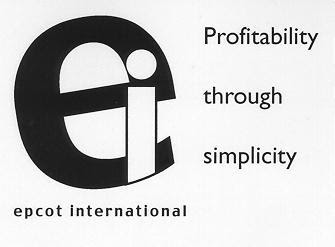In the last few years we have been reading about PAT (Process analytical technology), QBD (Quality by design), Kaizen and Six Sigma etc. Kaizen and Six Sigma can improve the development of a process and improve an existing commercial operation. PAT and QBD are not magic wands. In addition, PAT and QBD do not happen by themselves. Their deliver value only after we understand the process before it is commercialized. This can only happen if we follow the following road map and make an effort to get there.
1. If we do not have a thorough knowledge of the chemistry, kinetics, economics and do not know how to translate a lab process to commercial scale, we are not going to able to apply principles of chemical engineering to design an economic process that is going to give us quality product. We will be stuck in post analysis and fixing mode, the current mode of API manufacture.
2. If we have more than one solvent in the process, we have to go back to the lab and justify why. More than one solvent means we need separate storage tanks, recovery and disposal methods. All of these cost money.
3. I do believe that IR, HPLC, Spectroscopy etc. are an excellent process development tools. However, if we use them to monitor the reaction progress and completion of each step, it does not sit well with me. I consider this an expensive way to cover what we did not do “right” from the start. Application of these exotic tools forces us to have a process where we have to analyze the intermediate product to make sure we have the proper compound of desired purity and yield. This is a batch process and capital investment increases. The total business process slows down as the cycle time from raw material to finished product increases. We have to implement methods that reduce the testing time i.e. the resulting cycle time.
4. If the process has multiple steps and the overall yield is anything less than 85%, (I can already hear in the background: is he dreaming?) the process is inefficient. OK 85% may be asking too much, can we settle for 70-75%? We have to figure out how to get to higher yields. Recently I was reading a patent that had an eight-step process. The yield was less than 5%. I come from “old school” where I was taught high yield means less pollution and more money in the bank. I hope when this company commercializes their process, they would have figured out how to get a better yield.
5. Process control technologies that can control the reaction, flow, and stoichiometry exist. I equate our current development and subsequent commercialization processes to “a car running us” rather than “we running the car.” Wouldn’t it be nice if we have developed a process that we can control?
6. Low process yield means that the unconverted raw materials are going in the effluent that has to be treated to meet the effluent water quality standards. Unconverted raw materials have to be disposed in a safe manner. We are loosing money two ways. a) lost raw materials, b) money to dispose them. Thus, it is in our interest to maximize the conversion yields.
I am not criticizing the existing processes or the processes that are in the pipeline. We have to attempt to have the best possible process from the very beginning of the process development. Again, to achieve the highest value from a process we have to have a complete and through understanding of the chemistry and appropriate unit operations, we are developing and want to commercialize.
It is well know that the pharmaceutical processes (glorified specialty chemical) have less than 40% on-stream time. This is poor. A process developed with the above road map when commercialized will have much higher equipment utilization time and should produce quality product requiring minimum in-process analysis.
GM
